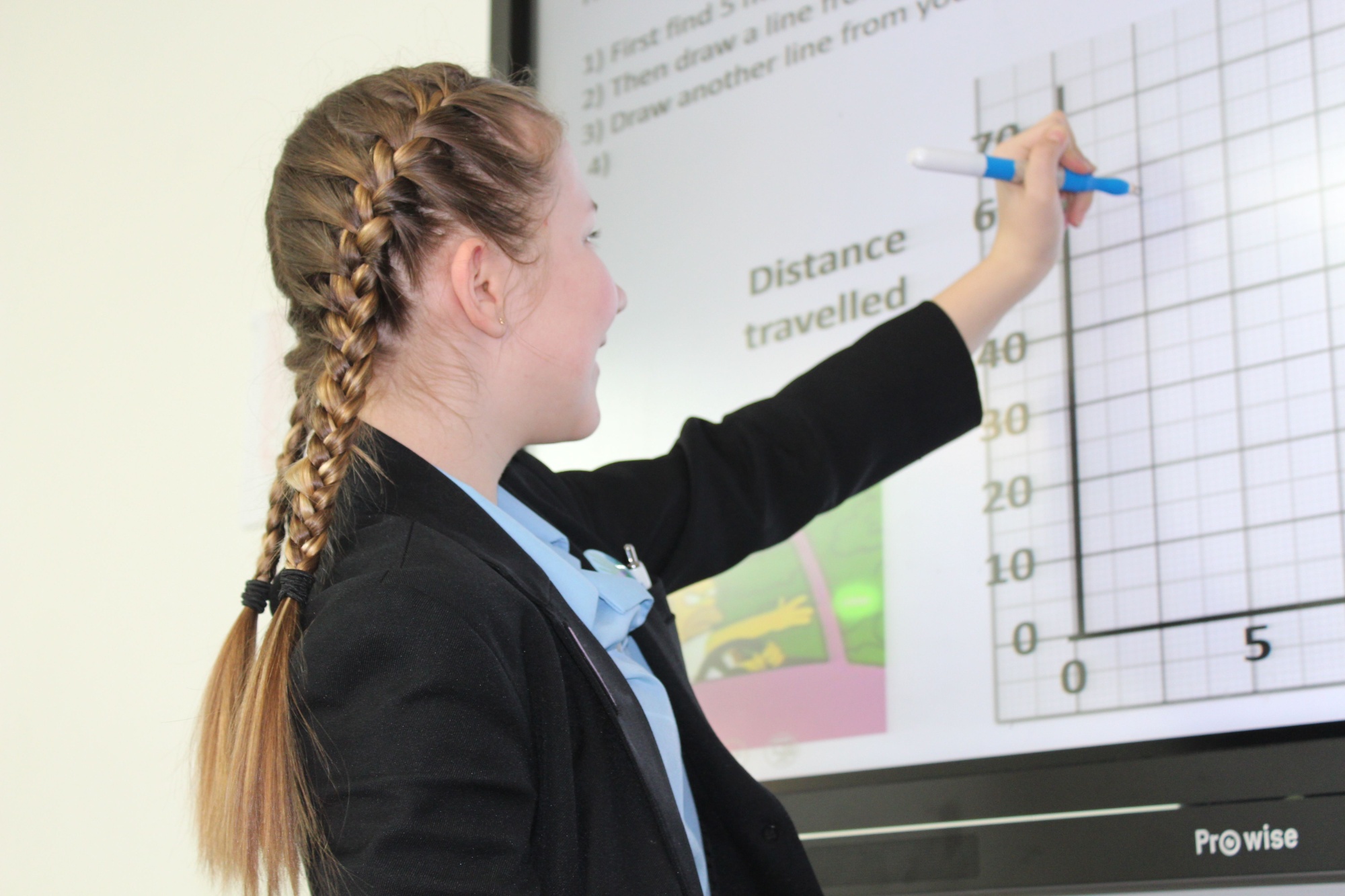Maths
Curriculum Intent
As a department we aim to develop an understanding of mathematics that allows students to automatically use the logic, processes and problem-solving skills it develops in all aspects of their studies and life. In achieving this, students will develop through their key stage 3 studies proving a base knowledge that also supports several their other courses of study, underpins the more complex concepts of key stage 4 as well as helping them understand the significant role numeracy and mathematics plays in day-to-day life. As students move into key stage 4 we aim to challenge students both mathematically and through problem solving to create independent, logical thinkers as the habits of thinking mathematically are life enriching and being numerate is a key aspect of taking part fully in society. Through varied, engaging, relevant lessons that show the practical application mathematics, that are challenging and that allow for success we hope to foster a love of mathematics where students value the knowledge and are drawn to continuing their studies into KS5. During their studies across KS 3 & 4 the scheme of work regularly revisits topics based upon the national guidance at KS3 and then mapped against the Edexcel GCSE syllabus whilst gradually developing in complexity and its focus on contextual questions and problem solving.
As KS 5 mathematics leads to many challenging tertiary studies our intent is to develop highly independently driven students through modes of teaching that require them to ask questions, be aware of their weaknesses and, with support, then address these.
To further enhance view that maths is more than just what students do in class we aim to offer opportunities outside of the classroom through competitions (both inter and intra school), activities such as draughts and maths clubs as well as keeping parents as informed as possible so they understand what is expected of students and feel able to support them.
All the above is achieved through the development of a department that works together to ensure a consistent approach whilst also supporting the individuality of the teachers. This is achieved by working together to ensure there are key aspects students experience in all lessons that give them a consistency of experience as they transition through the school and across sets that allows them to have sense of security when entering a maths lesson that in turn allows them to take risks and try out new concepts without fear to enhance understanding and long-term memory / recollection.

